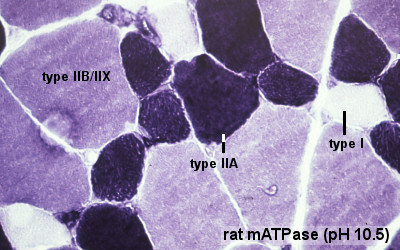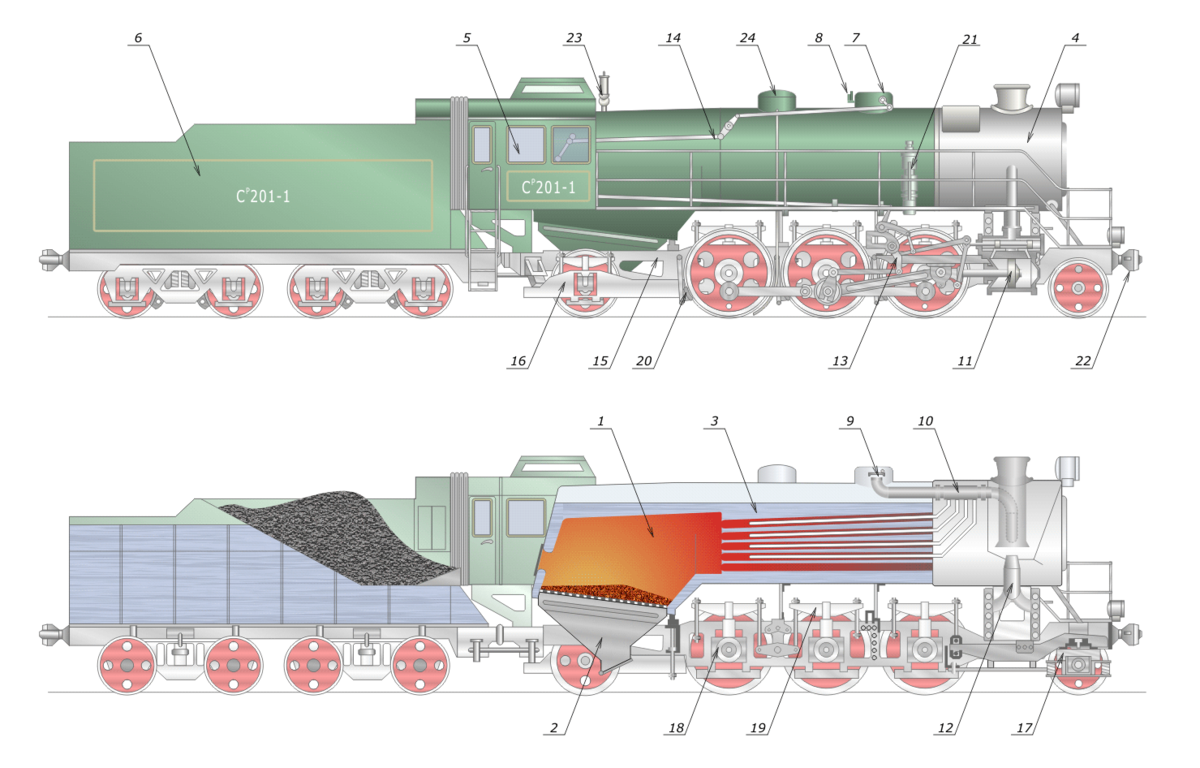The last part in this 3-part series on Why Women Should Do Strength Training, will be on the health benefits.
I must warn you that there is a bit of science below so if you are not interested, feel free to just read the list of health benefits and be on your way to pumping some iron.
So, in my previous blog, we talked about the obvious aesthetic and practical reasons for building muscles, now we will go into the not-so obvious physiological reasons why you should consider starting a strength training program or incorporating it into your currently active lifestyle.
Having more muscles allow you to have…
- Increased metabolic rate and you burn more calories ALL THE TIME.
- More fast-twitch muscle fibres and prevents sarcopenia.
- Enhanced hormonal levels.
- Increased bone mineral density which prevents osteoporosis.
- Improved cardiovascular functioning.
- Lower blood lipid levels (better cholesterol status).
- Improved posture and reduced lower back pains.
For the sake of brevity, I will limit my detailed explanations to the first 3 items in the list but if you have the curiosity about any of the others, please write to me and I’ll blog about it in the future.
#1 – Increased metabolic rate and the burning of more calories.
Despite what you may have read that for each pound of muscle you gain, you will burn an extra 100 calories per day, the truth is actually far less. In fact, it’s closer to 5.7 – 7 calories per day per pound of muscle.
Not much, is it?
And each strength training session you may burn up to 100 calories per workout which is also not significant by any stretch considering drinking a can of cola is approximately 150 calories.
So why do it?
Well, when you do strength training, you’re not just adding more muscle to the body but you’re increasing protein turnover in ALL of the muscles in your body and that increases your resting metabolic rate overall.
Strength training can not only slow down sarcopenia but may even reverse it.
Basically, when you do strength training, you are causing micro-trauma to the muscle fibres you are working on. These damaged proteins in the muscle then goes through catabolism to remove them along with the waste by-products of the workout and then anabolism begins to rebuild protein in the muscles. This is protein turnover and it burns approximately 1.5 calories per pound of muscle per day for all your muscles in your body as they all go through protein turnover during strength training.
Let’s take an example to demonstrate this concept:
Assumptions:
- 155 lb man
- ~62 lbs of muscle
- Burns 5.7 calories per lb of muscle during resting metabolism
- Gained 3 lbs of muscle in 12 weeks time
- Burns 1.5 calories per pound of muscle for entire body due to protein turnover
- Trains twice a week for 30 mins
- Burns about 100 calories per workout
(62 lbs of muscle + 3 lbs of muscle gained from strength training for 12 weeks) = 65 lbs of muscle
Regular daily maintenance of muscle tissue + protein turnover = (5.7 + 1.5) calories x 65 lbs = 468 calories. Or 3476 calories per week (468 x 7 days + 200 calories for 2 workouts per week).
So for a typical 155 lbs man, from zero strength training to twice a week of half-hour strength training, he will be burning approximately 3476 more calories per week and not doing anything else! That’s just 1 hour of week of training. Good bang for your buck!
#2
It is inevitable that as we all age, we will undergo muscle loss as well as the decrease of human growth hormones. They may begin to decline sharply as early as your mid-twenties! This is also known as sarcopenia. Once simple activities like walking, taking the stairs, or carrying everyday items can become increasingly more challenging to perform as the degradation of your muscles continue.
The answer to this is again, strength training. Strength training can not only slow down sarcopenia but may even reverse it.
This is a big deal.
Since the effects of sarcopenia are always working against you, you need to make a concerted effort to counter it. Otherwise, your body will continue to lose muscle mass and your resting metabolic rate will decrease with it while fat storage, and insulin resistance increases (more on this in next point).
This adds up over time and the next thing you know, 5 years later you’ve gained 15 lbs of fat by eating the same as you always did and still yet to have adopted a strength training program.
But the important detail to note with the strength training is that you’re not just adding any kind of muscle mass but rather the most important type.
The renowned fast-twitch muscle fibres.
The body consists of 4 types of muscle fibres. They are:
- Type I
- Type IIA
- Type IIAB
- Type IIB
Type I is your slow-twitch muscle fibres. They are the first set of fibres to be used in any activity and can produce the least amount of force but are relatively quick to recover so can go on to do work at a continuous pace without having to stop. Your endurance athletes primarily trains this group of muscle fibres so they are more prevalent.
Type IIA, IIAB, and IIB are all considered to be fast-twitch muscle fibres. This classification works as more of a spectrum than individual buckets.
Type II are your explosive muscle fibres that produce a lot of force but as such, require more rest and recovery time to regain their strength back. This is your typical sprinter for the 100m dash.
When you engage in a physical activity, your Type I fibres get fired first as they require the least amount of energy to activate them. When the work becomes increasingly harder, the signal is sent from the brain to recruit the next level of fast-twitch muscle fibres and this chain of command continues up the ladder until you are faced with the heaviest resistance you can handle, in which your Type IIB fibres are now sent to work. This is known as the orderly recruitment of muscle fibres.
For simplicity sake, let us categorise them to Type I and Type II.
It is your Type II muscle fibres that not only produces the most amount of force, but also stores the most amount of glycogen. You can think of glycogen as stored muscle fuel in the form of grouped glucose (sugar).
They can store the most amount of glycogen because they are the muscle fibres that need glycogen the most for them to perform since their main metabolic pathway is glycolytic so they must have a ready supply of coal in the engine room for the locomotive so-to-speak.
As a consequence, the carbohydrates that you just couldn’t stay away from during lunch time can now be stored in your vast reservoir of fast-twitch muscles fibres instead of being transported to your fat cells. So yes, having more Type II muscle fibres will aid in keeping you slimmer! This goes back to my point in my previous blog on why you shouldn’t worry about getting huge when you do strength training. It actually aids you in staying slim!
Lastly, strength training that access your Type II fibres will trigger the production of human growth hormones more than any other type of training. This has a huge list of benefits for the body like increased growth of muscle, bone, and cartilage as well as improved immune system and organ function. The rest of the benefits can be reviewed here. Essentially, it is the fountain of youth and why people who exercise properly look and feel younger.
#3 – Enhanced hormonal levels.
As mentioned above, your human growth hormone will be up-regulated which is a huge bonus for all over your body.
Lipase is a picky enzyme, and will only come into effect with the absence of insulin.
Strength training reduces the amount of the hormone insulin that your body produces. Since a bout of high intensity strength training will aggressively drain out all glycogen stored in Type II muscle fibres, all the glucose that you eat will be transported back into them, keeping the bloodstream insulin-free and keeping insulin resistance down.
Also up-regulated is the hormone epinephrine (aka. adrenaline). This hormone is also quite well-known as it is the hormone responsible for the ‘fight-or-flight’ response. But it is also responsible for releasing all the stored glycogen in your muscles to begin intensive work.
Furthermore, strength training stimulates the production of lipase which is the enzyme responsible for breaking down fat tissue to be used for energy. Lipase is a picky enzyme, however, and will only come into effect with the absence of insulin. Luckily, insulin levels are low with strength training as well!
So now you see some of the inter-relations with all the hormones and functions of the body as mentioned above and how they all kind of work together in improving your health!
It is the single most important component of any exercise program for all the reasons mentioned above – and that’s only the first 3 items from the list of 7!
I hope this series has helped you in shedding the old stigmas of strength training being limited to guys or that you will become bulky and muscular. There really is no better way to enhance your fitness level than to increase your muscle mass.
As you begin the rounds of holiday dinners and parties in the coming few weeks, know that you can really make a big difference on where all those excess sugars and calories will go by simply choosing to do strength training!
See you in class!


